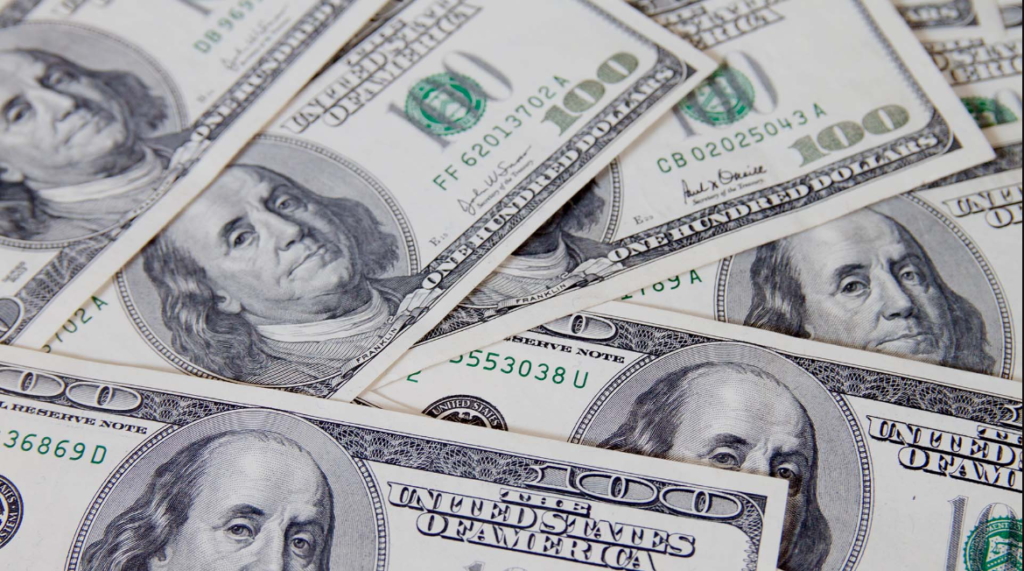The US Dollar gathered bullish early Thursday after struggling to find demand following the April United States (US) inflation data on Wednesday. The US Dollar Index (DXY) stretches toward 102.00 and stays positive for the week.
On Wednesday, the US Bureau of Labor Statistics (BLS) reported that the Consumer Price Index (CPI) rose 4.9% annually in April. This reading followed the 5% increase recorded in March and came below the market expectation of 5%. With the initial market reaction, the USD started to weaken against its rivals, with investors remaining convinced that the US Federal Reserve (Fed) will pause its tightening cycle in June.
Early Thursday, the heavy selling pressure surrounding the Euro amid contradicting headlines surrounding the European Central Bank’s (ECB) rate outlook helped the USD capture some of the capital outflows.
However, the looming debt ceiling crisis in the US emerges as a critical risk factor for the USD in the short term. Beth Hammack, Chair of the Treasury Borrowing Advisory Committee and Co-Head of Goldman’s Global Financing Group, said recently that a political deadlock over the US debt ceiling poses a “real risk” for the USD. President Joe Biden and top Republican lawmakers will have further talks on Friday.
Daily digest market movers: US Dollar holds ground for now
- On Thursday, US Treasury Secretary Janet Yellen warned that a US default on a failure to raise the debt ceiling would produce an “economic and financial catastrophe.”
- The Core CPI inflation, which excludes volatile food and energy prices, edged lower to 5.5% in April from 5.6% in March, as expected. Monthly, the CPI and the Core CPI rose 0.4%, matching analysts’ estimates.
- The BLS will release the Producer Price Index (PPI) for April later in the session. The US economic docket will also feature the US Department of Labor’s weekly Initial Jobless Claims data.
- The CME Group FedWatch Tool shows that markets are pricing in a more than 90% probability of the Fed leaving its policy rate unchanged at the next policy meeting.
- The Fed noted in its Loan Officer Survey for the first quarter that respondents reported tighter standards and weaker demand for commercial and industrial (C&I) loans to large and middle-market firms. “Banks reported tighter standards and weaker demand for all commercial real estate loan categories,” the publication read.
- Earlier in the week, Federal Reserve Bank of New York President John Williams told the Economic Club of New York on Tuesday that the Fed needs to be data-dependent with monetary policy and reminded that the Fed would raise rates again if needed.
Technical Analysis: US Dollar Index Rises Above Key Short-Term Resistance
The US Dollar Index (DXY) climbed above 101.65, where the 20-day Simple Moving Average (SMA) is located. If DXY closes the day above that level, it could target 102.50 (50-day SMA) and 103.00 (psychological level, 100-day SMA) next.
Meanwhile, the daily chart’s Relative Strength Index (RSI) indicator rose slightly above 50, indicating a bullish momentum buildup.
In case 101.65 fails to hold as support, sellers could show interest and drag DXY toward 101.00 (static level, psychological level). A daily close below the latter could open the door for an extended slide to 100.00.
How Does Fed’s Policy Impact US Dollar?
The US Federal Reserve (Fed) has two mandates: maximum employment and price stability. The Fed uses interest rates as the primary tool to reach its goals but has to find the right balance. If the Fed is concerned about inflation, it tightens its policy by raising the interest rate to increase the cost of borrowing and encourage saving. In that scenario, the US Dollar (USD) will likely gain value due to decreasing money supply. On the other hand, the Fed could decide to loosen its policy via rate cuts if it’s concerned about a rising unemployment rate due to a slowdown in economic activity. Lower interest rates are likely to lead to a growth in investment and allow companies to hire more people. In that case, the USD is expected to lose value.
The Fed also uses quantitative tightening (QT) or quantitative easing (QE) to adjust the size of its balance sheet and steer the economy in the desired direction. QE refers to the Fed buying assets, such as government bonds, in the open market to spur growth, and QT is precisely the opposite. QE is widely seen as a USD-negative central bank policy action and vice versa.

